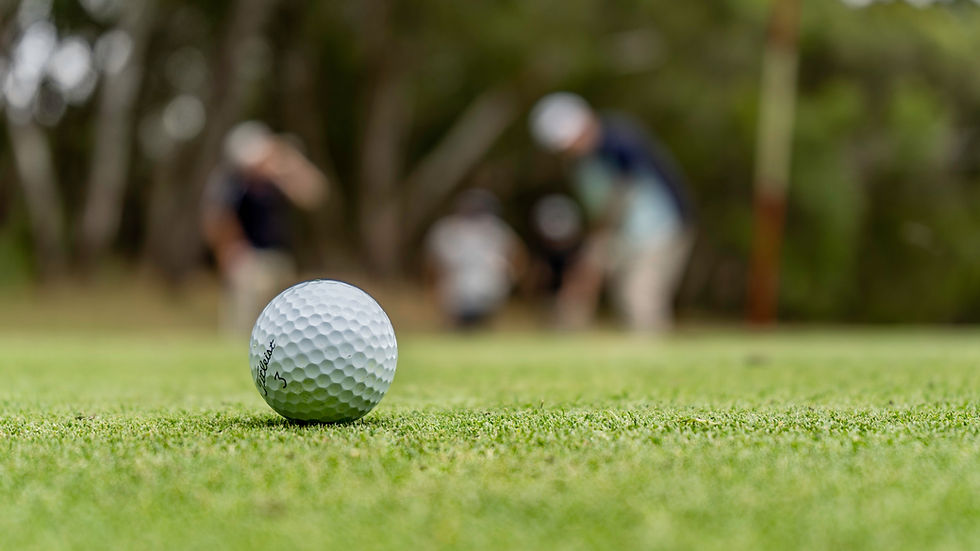Golf Gear Questions - You Were Afraid To Ask: Should I go spikeless?
- Pacific Coast Content

- Jun 22, 2021
- 2 min read
By Ryan Noll
Originally posted on Golf.com

Golf shoe manufacturers have done an incredible job in the last couple of decades, pivoting from uncomfortable leather shoes with painful metal spikes, to more athletic-inspired options with alternative spikes made from synthetic materials.
Hooray for that. Many of us can remember wearing metal-laden spikes and they were flat-out awful compared to what we wear today. And for what it’s worth, I strongly believe that alternative spikes — albeit not new — never garnered the recognition they should have in terms of the lasting effects they’ve had on making the game more enjoyable for more people. They’ve been a game-changer in every respect for millions of golfers.
Within the last few years, we’ve seen yet another shift in sole technology to golf shoes with integrated traction patterns built into the sole, eschewing the need for having removable spikes altogether. Question is, though, are today’s alternative spikes and integrated sole designs any better than what you might get from a rugged running shoe?
The easy answer is obviously yes. Golf shoes, whether spiked or with spikeless sole designs, are better for golf than running shoes or even cross trainers.
The simple reason is this: Golf shoe soles are designed specifically with the golf swing in mind, which means they’re structured to limit lateral movement and come with features to keep the medial foot region supported and steady as you swing (an area that’s usually more flexible in an athletic shoe).
They also are designed to cradle the foot differently than a running shoe with less toe drop, meaning the heel in a golf shoe doesn’t rest as high as it does in an athletic shoe to help you better sense the ground beneath your feet. Lastly, golf shoes tend to have larger and wider footprints than do running shoes, meaning they are made for helping you balance better with added traction while standing and swinging from side to side, not for when you’re running forward.
That said, this isn’t to say running/athletic shoes don’t have something to offer to golfers. Much of the same technology found in running shoes is borrowed and used in many of today’s top golf shoes. Things like added cushioning for better shock absorption and synthetic mesh materials for improved breathability can be found in dozens of styles.
Asics, for example, a company that’s perhaps best known for making running shoes favored by cross country and marathon runners, recently partnered with Srixon to develop a collection of golf shoes that marry performance and comfort in a variety of models. They look and feel as comfortable as an athletic/running shoe but are made to perform from tee to green with the aforementioned stability and traction required for maximum power delivery into the ball.
For more articles like this, visit Golf.com.



Comments